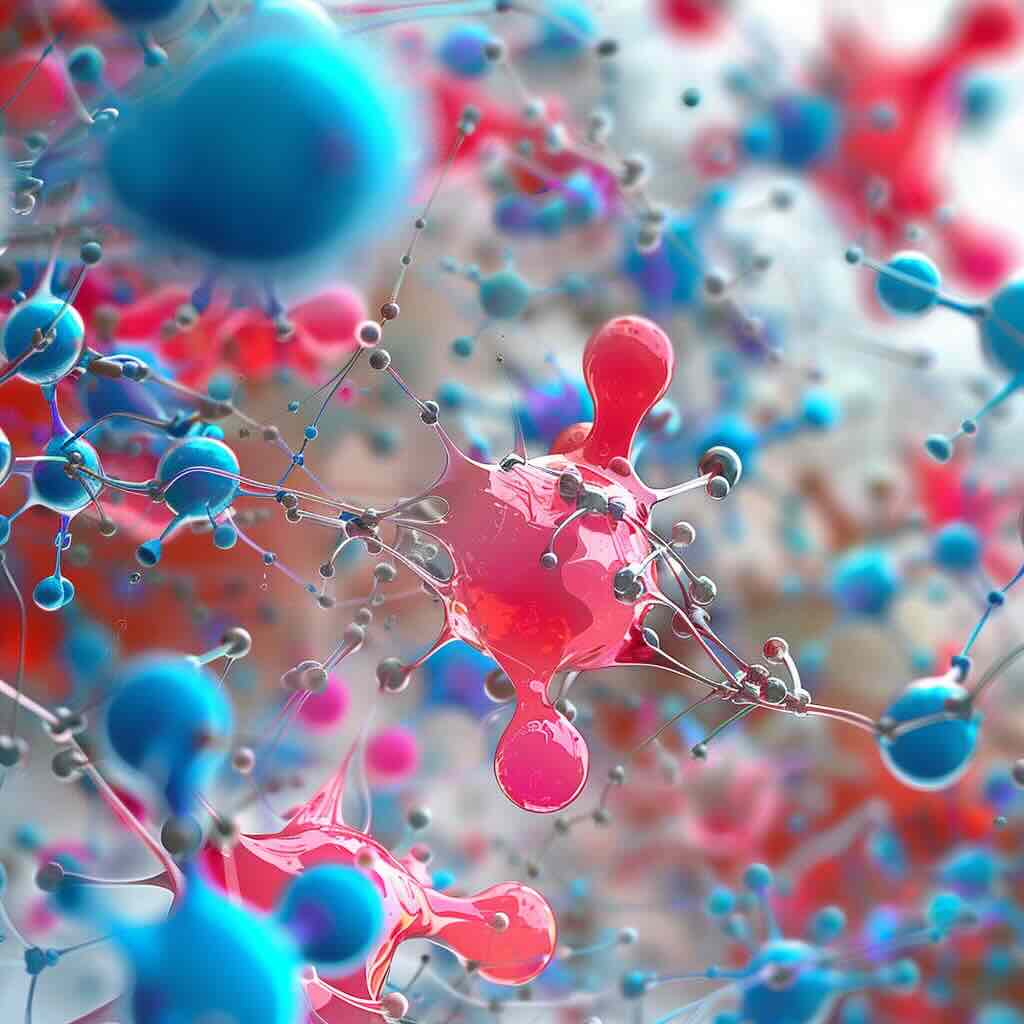Backed by 70 years of research, caloric restriction has been proven to increase lifespan. But why is this? Let’s take a look at the molecular pathway of this process. When calories are restricted in your body, it leads to an increase in the NAD+/NADH ratio. NADH is used to drive the Kreb’s cycle (the process in every cell that creates ATP, or the energy currency of any living being) and is then eventually converted into NAD+. A higher NAD+/NADH ratio is strongly correlated with an increase in average lifespan (up to 40% in mammals), an up to 55% decrease in cancer incidence, protection against Type II diabetes, and a reduction in cardiovascular diseases, atherosclerosis, and autoimmune diseases. Studies have shown that 45-50 year old men, after a year of caloric restriction showed significant decreases in blood pressure, of which the end result was comparable to men in their 20’s. This NAD+/NADH ratio is now known to be increased in 3 ways. These are caloric restriction, prolonged exercise, and supplementation with oxaloacetate, an intermediate, or “building block” in the Kreb’s cycle.
Read more: The benefits of Oxaloacetate Supplementation
Read more: The benefits of Oxaloacetate Supplementation
In the 60’s, Hans Krebs, the man who discovered the Krebs cycle, also discovered that if a metabolically active cell is exposed to oxaloacetate (OAA), and the NAD+/NADH ratio is measured before and after exposure to OAA, there will be a 900% increase in OAA within 2 minutes. This is because OAA activates the Krebs cycle, and essentially tricks the cell into thinking that there is not enough stored energy to use, so it must make more. Thus, supplementation with OAA is able to mimic the effects of caloric restriction at the molecular level. Theoretically, increasing the NAD+/NADH ratio should cause increased lifespan, enhanced blood glucose regulation, tissue protection, expression of fat burning genes, and cancer reduction. And, in fact, a study done on mice showed a 25% increase in both maximal and average lifespan when supplemented with OAA, compared to mice that were not. When OAA was given to mice who were fed a high calorie diet, the supplemented mice showed a 29% reduction in fat mass, while their muscle mass stayed the same. The control mice, who were not given OAA, either gained weight or their weight did not change. In addition, when OAA was given to both Type I and Type II diabetic patients, their fasting blood glucose levels dropped by an average of 25%. Furthermore, an in-vitro study done in 2007 with human lung cancer cells showed that upon exposure to OAA, the cancer cells were driven into senescence and stopped dividing. Normal cells are not affected, as they just use the OAA as fuel. In a study done with mice who had glioblastomas, their tumor growth was decreased by 50%, and OAA supplementation combined with chemotherapy showed an increase in survival rate by 237%. OAA also shows neuroprotective benefits, as it reduces glutamate levels in the brain. When Parkinson’s patients were supplemented with OAA and magnesium oxide, they self-reported a 70% average increase in quality of life, based on a survey that inquired about mobility, emotional well-being, cognition, communication, and bodily discomfort.
BenaGeneTM, developed by Alan Cash, is the first heat-stabilized oxaloacetate supplement on the market and is the most effective way to add OAA into your anti-aging regimen to optimize its usage by your body and prevent degradation by way of heat-stabilization. Oxaloacetate should be used daily in any serious anti-aging regimen because of its countless scientifically backed anti-aging benefits.
Yoshikawa, K., Studies on the anti-diabetic effect of sodium oxaloacetate. Tohoku J Exp Med, 1968. 96(2): p. 127-41.
Cash, A., Oxaloacetic Acid Supplementation as a Mimic of Calorie Restriction. Open Longevity Science, 2009. 3: p. 22-27.
Zlotnik, A., et al., Brain neuroprotection by scavenging blood glutamate. Exp Neurol, 2007. 203(1): p. 213-20
Farah, I.O., Differential modulation of intracellular energetics in A549 and MRC-5 cells. Biomed Sci Instrum, 2007. 43: p. 110-5.
* These statements have not been evaluated by the Food and Drug Administration. This product is not intended to diagnose, treat, cure or prevent
any disease





